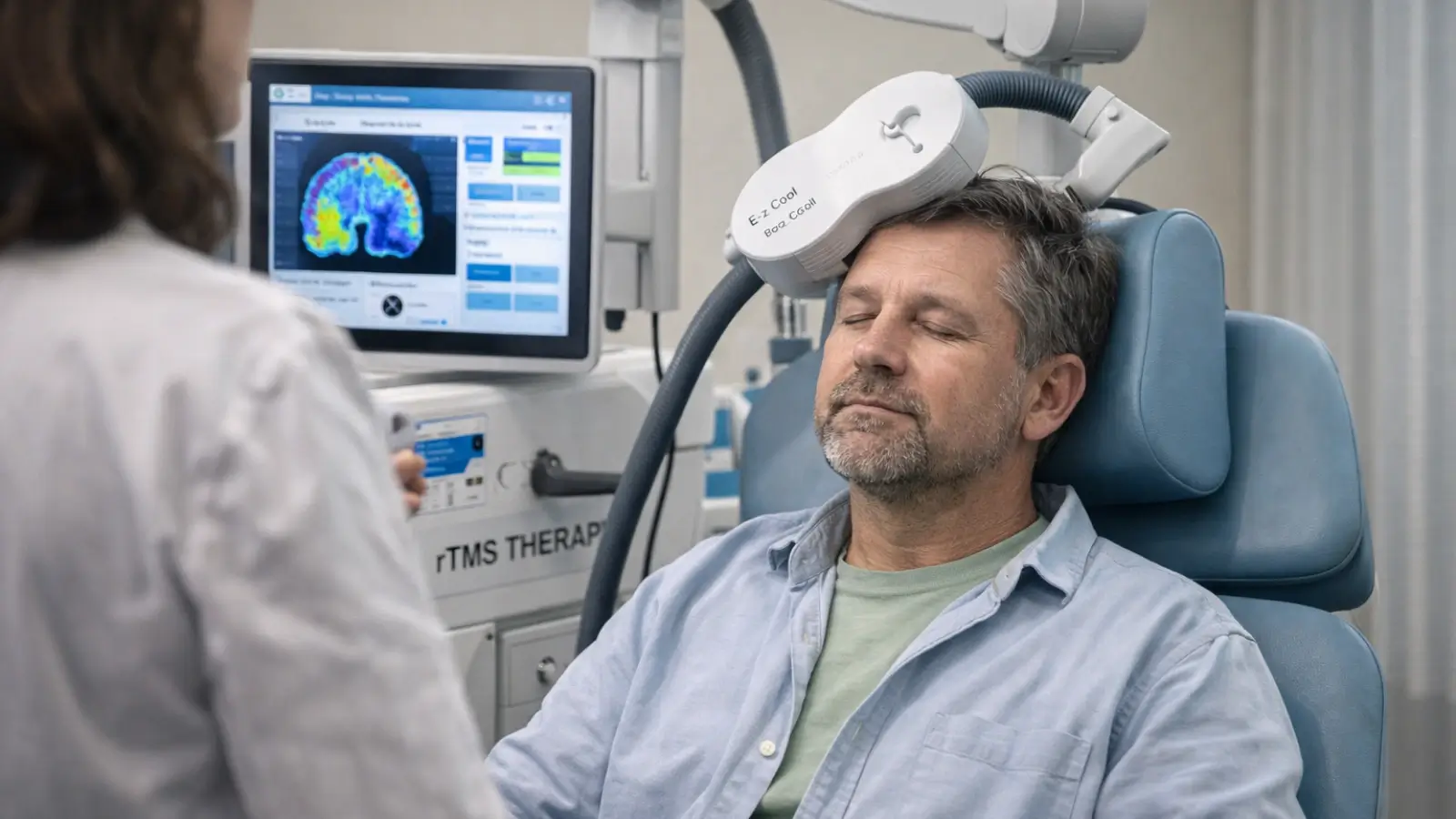Introduction: When Trust in Dentistry Is Broken
A routine dental visit can quickly become a harrowing experience. One day it’s a cleaning or extraction. The next, you're in pain or bewildered by abnormal outcomes. Dental malpractice occurs when that inherent trust is violated—when a dental professional strays from the accepted standard of care. Recognizing the early warning signs can mean the difference between swift remission and long-term harm.
Understanding Dental Malpractice in Michigan
Dental malpractice in michigan is a specialized subset of medical negligence. Under Michigan law, you must prove that a qualified dentist failed to meet the professional standard of care, and that failure led to harm. The bar is high: not every mistake qualifies. But when errors cause lasting damage, emotional distress, or financial burden, legal recourse becomes a viable—and necessary—option.
Common Types of Dental Mistakes
While each case is unique, several categories frequently emerge in malpractice claims:
- Incorrect or unnecessary extractions
- Botched root canals
- Misplaced implants
- Unsuitable orthodontic work
- Cosmetic procedures gone wrong
What unites these scenarios is deviation from the norm—treatment that falls below what a reasonable dentist would provide.
Inadequate Diagnosis and Failure to Identify Problems
Detecting cavities, decay, tumors, or periodontal disease is central to dental care. When a dentist overlooks a developing condition—whether due to poor imaging, cursory exams, or misinterpretation—the consequences can be severe. A cavity left untreated can worsen, requiring extraction instead of a simple filling. More critically, undiagnosed oral cancers or infections can spread, posing systemic health risks.
Poor Treatment Planning and Execution
Even accurate diagnosis is insufficient if treatment is ill-conceived. For example, extracting a molar when conservative therapy was viable, or installing a crown without proper fit checks. These mistakes can lead to chronic jaw pain, bite misalignment, or even fractures. When the chosen modality fails to meet accepted clinical benchmarks, patients pay a steep price—and often uncover that planning was flawed from the start.
Nerve Damage and Anesthesia Errors
Exceptional care is non-negotiable. Unusually prolonged numbness, sharp post-procedure pain, or difficulty speaking or swallowing may signal nerve trauma. Damage to the inferior alveolar nerve during extraction, or local anesthetic introduced into a blood vessel, could permanently impair sensation. Such injuries demand immediate attention and careful scrutiny—nerve damage is preventable with proper technique.
Infection Due to Unsanitary or Improper Procedures
Clinics should be sanctuaries. When sterile protocols lapse, infection becomes a real threat. Symptoms like elevated fever, swelling, persistent throbbing, or discharge can indicate abscess or systemic spread. If antibiotics don’t resolve the problem—or worse, if the condition deteriorates—it may be due to procedural negligence or sterilization failure.
Missing or Misaligned Prosthetics and Dental Devices
A dental implant that fails to integrate, a bridge that doesn’t close the bite, or dentures that produce sores — these are all forms of substandard device work. Precision is critical. Misalignment isn’t merely an inconvenience; it can degrade surrounding teeth, gum tissue, and bone structure. If adjustments are repeatedly unsuccessful, the prosthetic may be the culprit.
Substandard work can also result from using low-quality materials, which may compromise the device's durability and biological compatibility. According to this experienced dentist in San Tan Valley AZ, poorly fabricated crowns, for instance, might chip easily or contain base metals that cause allergic reactions in the patient. Such failures necessitate costly and invasive replacement procedures, representing a significant form of dental negligence.
Failure to Obtain Informed Consent
You are entitled to information. Not every patient realizes that no dental intervention should proceed without your informed consent. A dentist must explain the risks, alternatives, and foreseeable complications before commencing treatment. When procedures occur without clear consent—or based on vague generalities—the opportunity to consent intelligently is lost. That’s a malpractice red flag.
Red Flags During Post‑Procedure Recovery
Recovery doesn’t always follow the script. While some discomfort is routine, warning signs include:
- Severe or escalating pain
- Persistent numbness or tingling
- Visible bone exposure
- Continued bleeding
- Development of trismus or jaw locking
These symptoms should trigger immediate clinical re-evaluation. Delay can aggravate harm and influence legal viability.
Avoiding Delays in Seeking a Second Opinion
Cognitive dissonance often hampers swift action. You may think, “The dentist knows best.” But if your condition worsens or diverges from expected recovery, a prompt second opinion may reveal negligence. Independent evaluation clarifies whether your complications are unavoidable or indicative of malpractice—and it helps support any future legal effort.
Documenting Your Experience for a Potential Claim
Accurate records are essential. Prepare a file containing:
- Treatment dates and types
- X-rays, scans, and lab results
- Records of follow-up visits
- Pain logs and symptom descriptions
- Copies of bills and receipts
Documentation not only narrows the timeline of errors—it elevates your credibility in any proceeding.
When It’s Time to Consult a Michigan Dental Malpractice Attorney
Navigating a potential malpractice claim is complex. If dental treatment resulted in substantial harm, your next step should be legal consultation. A skilled attorney can assist with:
- Evaluating whether care fell below the standard
- Consulting medical experts to support causation
- Calculating real damages, including future dental costs
- Filing within Michigan’s legal time limits
A claim handled early and professionally increases your odds of fair compensation.
Preventing Malpractice: Patient Advocacy & Safe Dental Practices
Prevention starts with you. Before any advanced procedure, ask questions. Understand why it’s needed and what risks are involved. Ensure that the facility follows strict sterilization protocols. And during recovery, don’t hesitate to clarify what’s normal—and what’s dangerous.
Active patient involvement is a powerful defense against substandard care.
Conclusion: Protecting Your Oral Health and Rights
Dental malpractice isn’t about fear—it’s about empowerment. Pain, disfigurement, or trauma can follow once-trusted care. But recognizing negligence, documenting the problem, and seeking expert counsel puts control back in your hands. Your smile is not expendable. Protect it with vigilance, knowledge, and adherence to your legal rights.

















